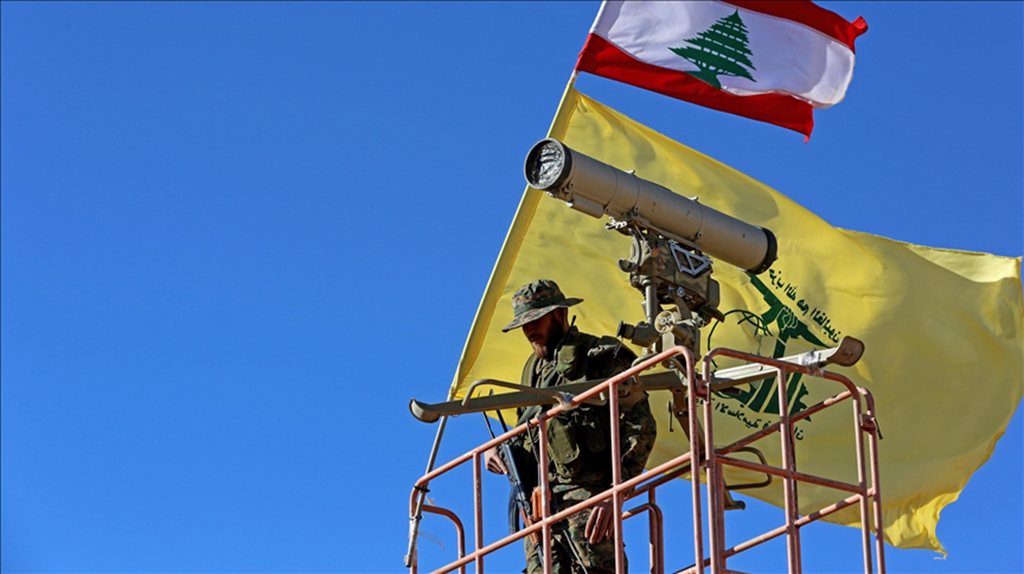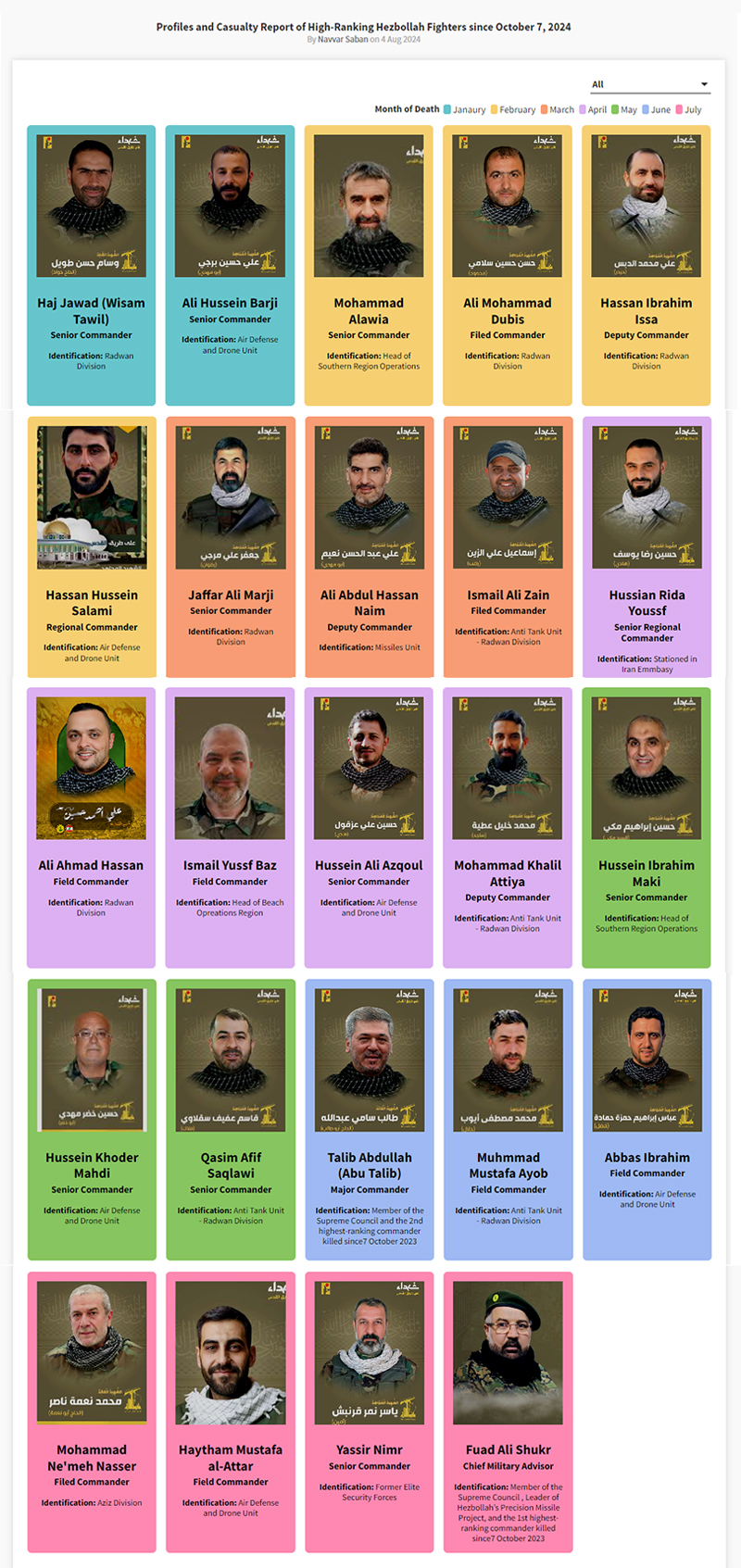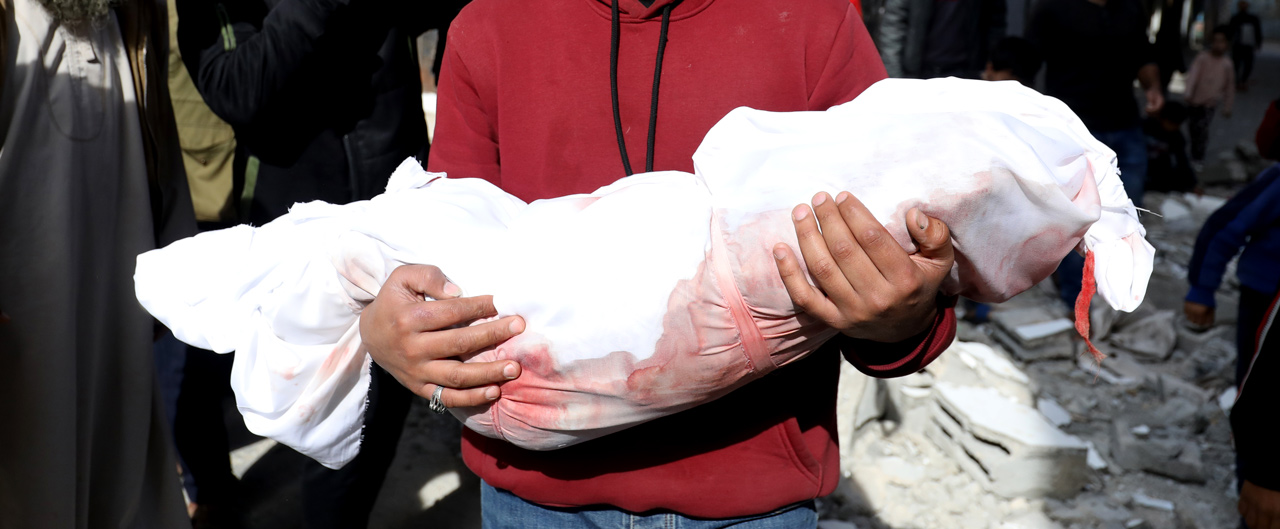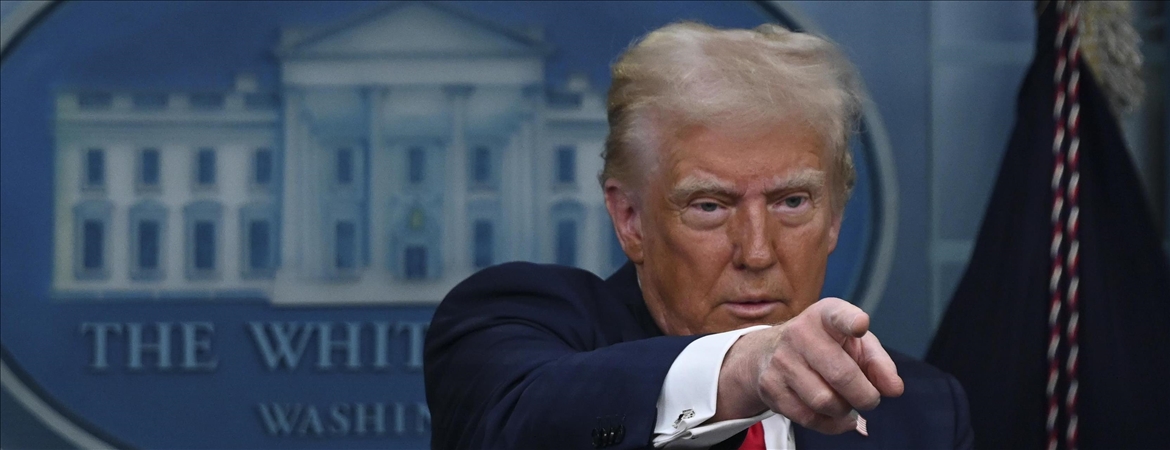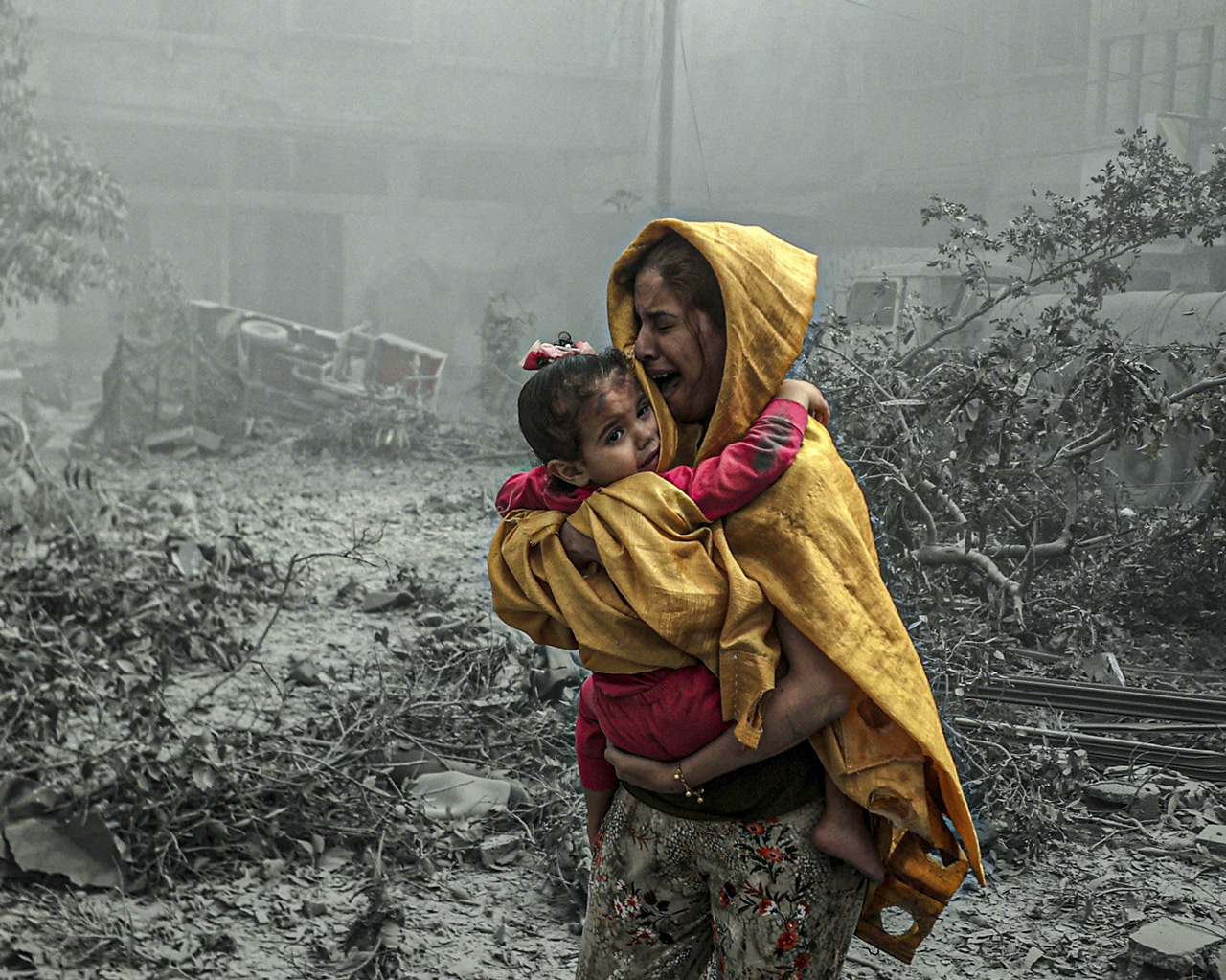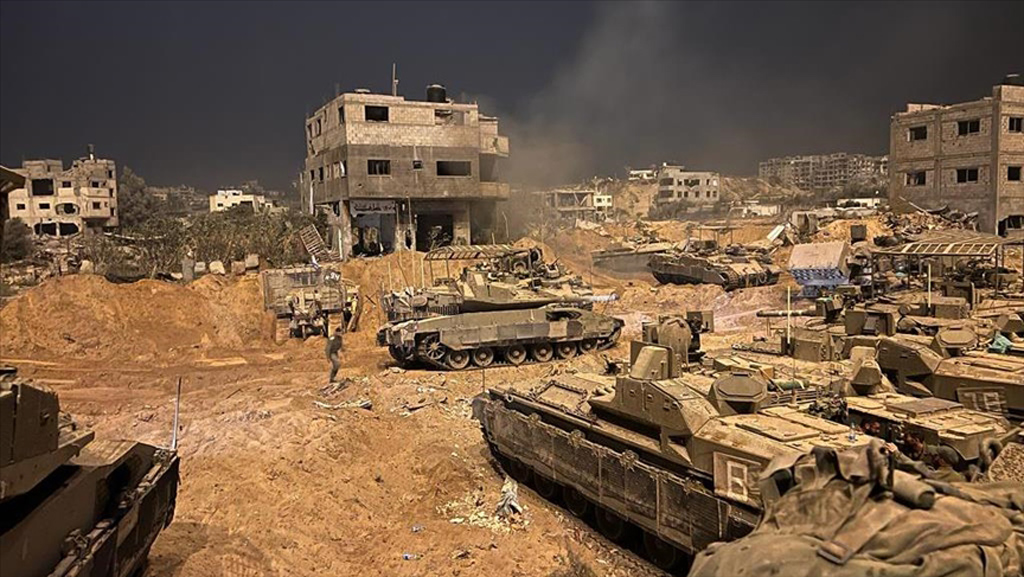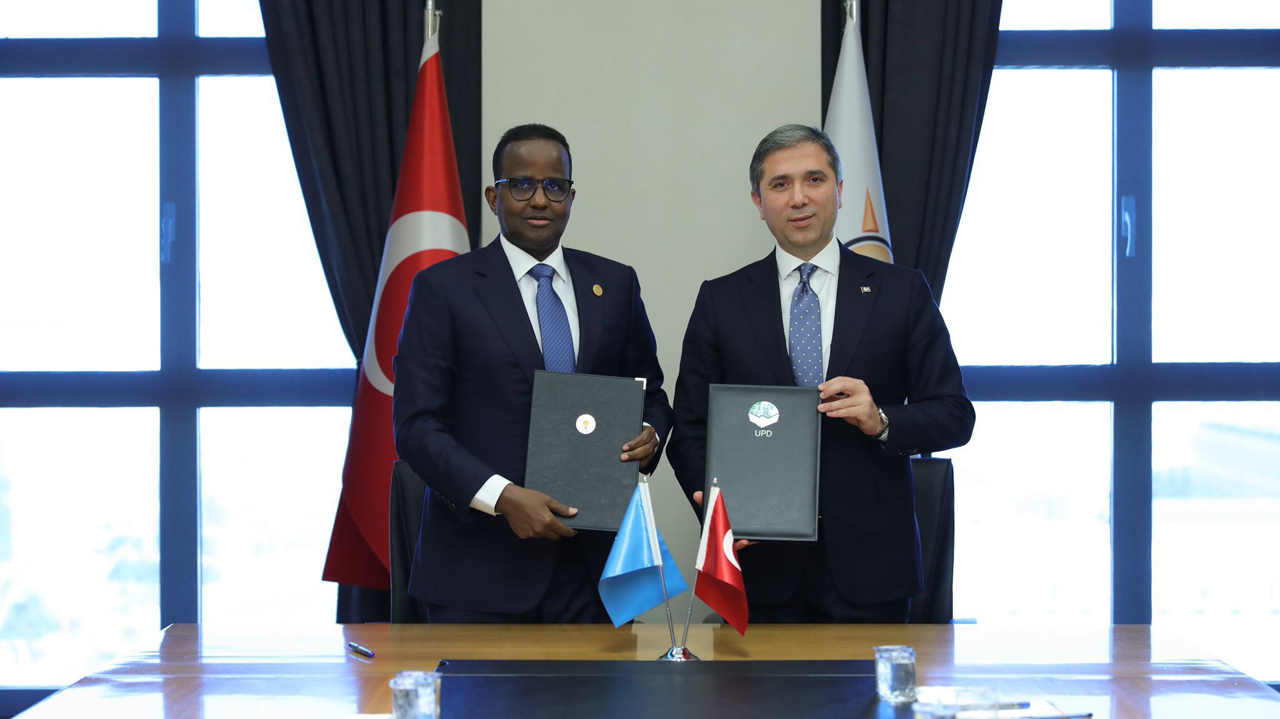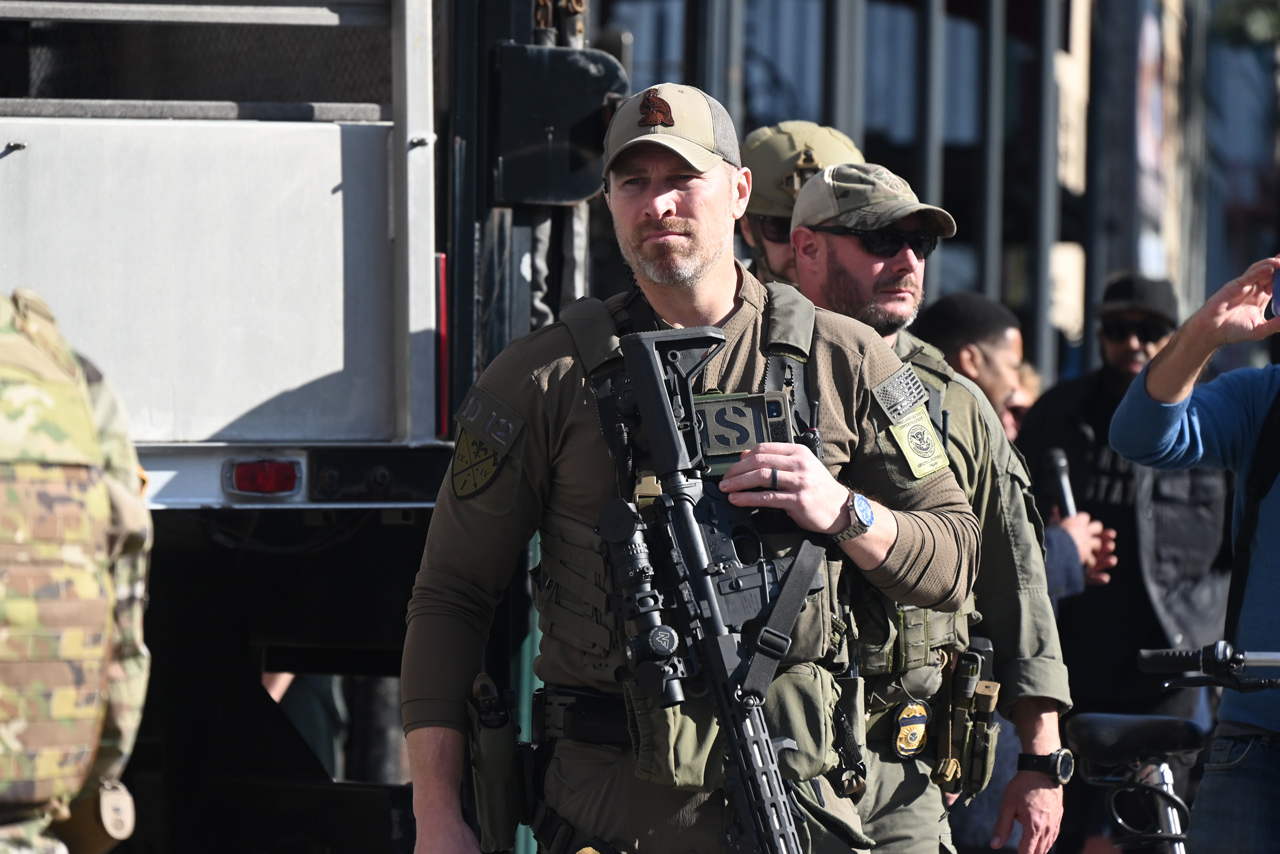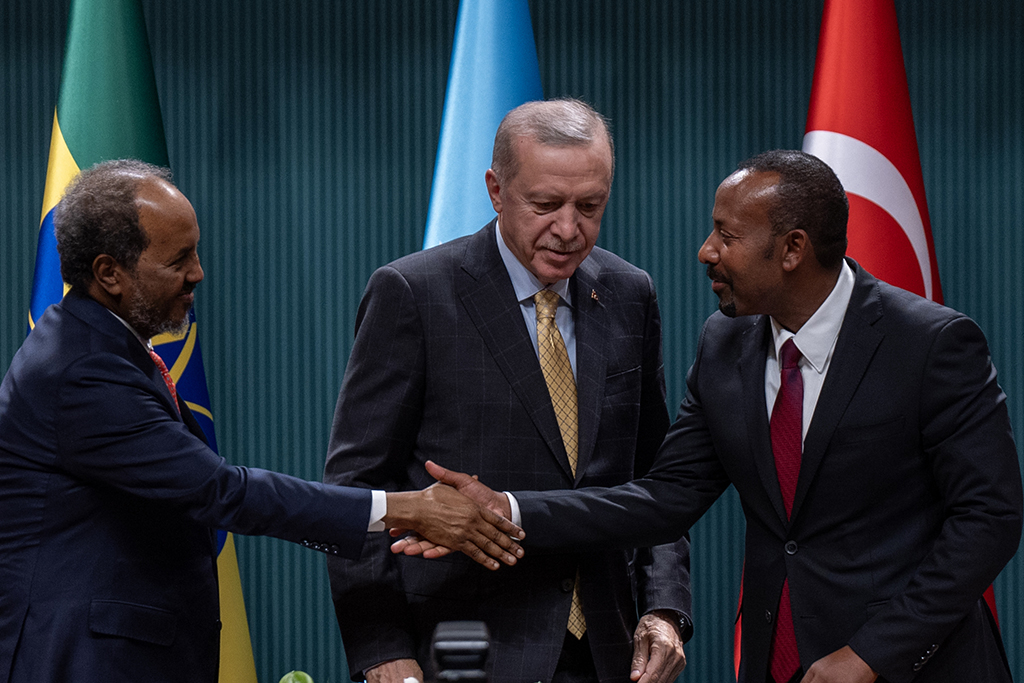On October 7, 2023, the Palestinian group Hamas launched a major attack on Israeli settlements near Gaza. This unexpected operation drew global attention and led to a series of responses from Israeli officials and their allies. Following this event, the Middle East experienced a significant escalation in regional conflicts, particularly involving Hezbollah, a Lebanese group with close ties to Iran.
This paper provides a comprehensive analysis of the ongoing conflict between Hezbollah and Israel following the Hamas attack. It specifically focuses on the military engagements and the profound impact of targeted assassinations on Hezbollah's leadership and operational capabilities from October 2023 to August 2024. While the analysis centers on Hezbollah's strategic maneuvers and the Israel-Hezbollah conflict, broader regional implications and the involvement of other Axis of Resistance groups are beyond the scope of this paper. The significance of this analysis lies in understanding the complex and volatile dynamics of Middle Eastern conflicts, which have far-reaching consequences for regional stability and international security. The targeted assassinations of high-ranking Hezbollah commanders by Israel have created a command void within the organization, leading to disruptions in leadership, operational coordination, and strategic planning. This paper explores the multifaceted impact of these developments and their implications for the future trajectory of the conflict.
By delving into the specifics of the military engagements, the roles of various regional actors, and the strategic maneuvers of Hezbollah and Israel, this paper aims to provide a detailed account of the conflict's evolution. The goal is to offer readers a nuanced understanding of the high-stakes nature of the regional power struggle and the potential for further escalation unless meaningful diplomatic efforts are undertaken. In the subsequent sections, we will explore the regional escalation involving Iranian-supported groups, Hezbollah's strategic maneuvers, the dynamics of the clashes, and the impact of the assassinations on Hezbollah's command structure. This comprehensive analysis will provide valuable insights into the ongoing conflict and its broader implications for the Middle East and beyond.
Hezbollah's Involvement and Strategic Maneuvers
In response to Hamas's actions and the subsequent Israeli military aggression against Gaza, Hezbollah launched its own attacks on October 8, 2023, targeting the occupied Shebaa Farms. These actions were both a show of solidarity with the Palestinians and a strategic maneuver to gain leverage on Israel while they were occupied with operations in Gaza. Hezbollah's attack on Shebaa Farms on October 8, 2023, marked a significant escalation in the Israel-Lebanon conflict; by targeting Israeli radar sites and military installations, Hezbollah demonstrated its operational readiness. The immediate Israeli retaliatory strikes, involving artillery fire and drone attacks, highlighted the high stakes and intensity of the confrontation.
This initial attack set the stage for continued military engagements throughout October and November 2023. Hezbollah's sustained actions, including anti-tank missile attacks and rocket fire on northern Israeli towns, aimed to maintain continuous pressure on Israel, disrupt its operational capabilities, and signal Hezbollah's resilience in a prolonged conflict. The escalation intensified in December 2023, with multiple Hezbollah attacks prompting significant Israeli retaliations, including artillery shelling and targeted strikes on Hezbollah positions. This period was characterized by a cycle of retaliations, underscoring the volatility and high stakes of the conflict.
In January 2024, the conflict further escalated with notable incidents such as the Israeli airstrike in Beirut that killed key Hamas leaders and the subsequent Hezbollah rocket attacks on northern Israel. This phase highlighted Hezbollah's capability and willingness to retaliate against high-profile Israeli actions. February 2024 saw continued hostilities with targeted strikes and attempted assassinations, reflecting the ongoing strategic maneuvering by both sides to weaken each other's military and leadership capabilities. The conflict maintained its intensity into March 2024, with significant exchanges, including Israeli airstrikes and Hezbollah rocket attacks, demonstrating the persistent volatility and the high stakes involved.
April and May 2024 were marked by Hezbollah's intensified military operations, including a significant rocket barrage, which further escalated the conflict. These actions prompted severe Israeli retaliatory strikes and heightened international alarm over a potential full-scale war. By June 2024, the conflict reached a new peak with coordinated attacks by Hezbollah and allied militias, prompting a full-scale Israeli military operation in southern Lebanon. Despite international diplomatic efforts, the fighting continued unabated, with Israel preparing for a potential large-scale invasion.
In July 2024, the conflict witnessed significant and intense military engagements. On July 2, Hezbollah launched a series of missile attacks on major Israeli cities, including Haifa and Tel Aviv. These attacks caused considerable damage and civilian casualties, marking a substantial escalation in the conflict. In response, Israel conducted extensive airstrikes on Hezbollah's infrastructure, targeting weapons depots, command centers, and other strategic sites in southern Lebanon and the Bekaa Valley. The heightened hostilities in July also saw increased international pressure for de-escalation. However, the threat of a large-scale Israeli military operation became imminent. The Israeli Prime Minister issued a stern warning of an impending invasion if Hezbollah's attacks did not cease, further raising the stakes and highlighting the potential for a broader regional conflict.
A significant development occurred on July 30, 2024, when Israel assassinated Fuad Shukr (Haj Mohsen) in Al-Dahiya. Shukr, considered the highest-ranking Hezbollah commander killed by Israel since October 7, 2023, played a crucial role in planning and executing significant military operations. His assassination came just days after an attack on civilians in Majdal Shams in the Golan Heights, for which Israel held Hezbollah responsible. This high-profile assassination underscored the ongoing strategic targeting by Israel and the high-stakes nature of the conflict.
In the last week of August, the conflict between Israel and Hezbollah witnessed a significant escalation. Tel Aviv announced that its military carried out a large-scale preemptive operation, launching around 100 warplanes targeting Hezbollah sites. According to Israeli sources, these planes destroyed and attacked thousands of Hezbollah platforms that were ready to launch rockets towards northern and central Israel. This airstrike aimed to weaken Hezbollah's ability to carry out large-scale rocket attacks on Israeli territory and to preempt any potential offensive moves by the group. In response, Hezbollah announced that it launched 320 Katyusha rockets, in addition to deploying drones, to strike targets inside Israel. According to Hezbullah media, among these targets was the "Glilot" intelligence base near Tel Aviv, which is considered one of the most important intelligence bases in the region. Additionally, the rockets and drones targeted several military barracks and bases in northern Israel and the Golan Heights in an attack that Hezbollah described as retaliation for the killing of Fuad Shukr, one of its senior military commanders. This escalation reflects the increasing tension between the two sides, as each seeks to deliver strong blows to the other, raising the likelihood of a wider conflict in the region.
It is clear that the recent escalation reflects a calculated strategy from both sides; Israel is striving to reduce Hezbollah's offensive capabilities through intense airstrikes, while Hezbollah is using its rockets and drones to retaliate and assert its strength, aiming to maintain its influence in the regional arena. These developments suggest that the coming period may witness further confrontations, with both sides trapped in a cycle of escalation and mutual retaliation.
Impact of High-Ranking Hezbollah Fighters' Assassinations
Since October 7, 2023, Israel has targeted and killed over 414 Hezbollah fighters, including 24 high-ranking commanders, with the majority killed in Lebanon and a few in Syria. These targeted assassinations have significantly impacted Hezbollah's operational capabilities and strategic planning. The loss of key leaders has disrupted Hezbollah's command structure, affecting their ability to coordinate and execute military operations. Each of these commanders played crucial roles in their respective units, from strategic planning and execution of attacks to overseeing specific military capabilities such as anti-tank operations and drone warfare.
The assassinations have not only led to immediate operational setbacks but have also served as a psychological blow to Hezbollah's ranks. The precision and frequency of these targeted killings demonstrate Israel's intelligence capabilities and its determination to dismantle Hezbollah's leadership. This ongoing attrition of high-ranking officers could potentially lead to a leadership vacuum, forcing Hezbollah to rely on less experienced commanders, which could, in turn, affect the efficacy of their operations.
Full Interactive Feature: https://public.flourish.studio/visualisation/18723952/
The Command Void in Hezbollah: Strategic and Operational Implications
The elimination of high-ranking commanders has created a significant command void within Hezbollah. This void has several strategic and operational implications for the group:
Leadership Disruption: The loss of experienced commanders has disrupted the leadership hierarchy within Hezbollah. The void left by these leaders is not easily filled, as their replacements often lack the same level of experience, strategic acumen, and battlefield knowledge. This disruption can lead to delays in decision-making and inefficiencies in executing military operations.
Operational Coordination: High-ranking commanders play a crucial role in coordinating operations across different units and regions. Their absence can lead to a breakdown in communication and coordination, resulting in fragmented and less effective military campaigns. This lack of coordination can hinder Hezbollah's ability to mount synchronized attacks and respond swiftly to Israeli actions.
Strategic Planning: The assassinated commanders were instrumental in strategic planning and the development of long-term military strategies. Their removal has created a gap in strategic planning capabilities, potentially leading to a more reactive and less proactive approach to conflict. This shift can affect Hezbollah's ability to anticipate and counter Israeli strategies effectively.
Morale and Cohesion: The psychological impact of losing high-ranking leaders cannot be underestimated. These commanders are often seen as symbols of resistance and sources of inspiration for fighters. Their loss can lead to a decline in morale and cohesion within Hezbollah's ranks. This demoralization can affect the overall fighting spirit and willingness to engage in prolonged conflicts.
Adaptation and Resilience: While the command void poses significant challenges, it also forces Hezbollah to adapt and find new ways to operate. The group may develop new strategies, tactics, and command structures to compensate for the loss of key leaders. This adaptation process can lead to a period of experimentation and learning, potentially resulting in a more resilient and flexible organization in the long run.
Intelligence and Counterintelligence: The precision of the targeted assassinations indicates a high level of intelligence penetration within Hezbollah. This realization may prompt the group to overhaul its counterintelligence measures, increasing internal scrutiny and possibly leading to internal purges. Such actions can create an atmosphere of suspicion and paranoia, further affecting operational effectiveness.
Strategic Objectives of Israel and Hezbollah
Israel's Strategic Objectives: Israel's primary objective in this conflict is to weaken Hezbollah's military capabilities and leadership structure, thereby reducing the threat posed by the group to its northern border. This strategy is deeply rooted in Israel's broader security doctrine, which emphasizes the need to neutralize immediate threats from neighboring entities, particularly those with substantial military capabilities like Hezbollah.
The targeted assassinations of high-ranking Hezbollah commanders, including the high-profile killing of Fuad Shukr, exemplify Israel's approach to creating a command void within Hezbollah. This tactic is aimed at disrupting Hezbollah’s operational effectiveness by removing key leaders who possess significant strategic and battlefield experience. The disruption caused by these assassinations is intended to slow down Hezbollah's decision-making processes, reduce its ability to coordinate large-scale attacks, and lower morale among its fighters.
Israel also seeks to undermine Hezbollah’s position within the broader Axis of Resistance, a coalition of Iranian-supported militant groups in the Middle East. By weakening Hezbollah, Israel aims to diminish Iran’s influence in the region, particularly in Lebanon and Syria, where Hezbollah serves as a critical proxy for Iranian interests. Additionally, Israel’s actions are designed to signal to other regional actors, including Iran, that any direct or indirect threats to its security will be met with decisive military responses.
Hezbollah's Strategic Objectives: Hezbollah's strategic goals in this conflict are multifaceted. Primarily, the group aims to maintain pressure on Israel through sustained military engagements, which serve both to demonstrate its military capabilities and to signal its resilience in the face of Israeli aggression. By continuing its operations despite significant losses, Hezbollah seeks to reinforce its standing within the Axis of Resistance, positioning itself as a key player in the broader struggle against Israel and Western influence in the Middle East.
Hezbollah’s actions are also intended to boost its internal support within Lebanon, particularly among the Shia community, by portraying itself as the defender of Lebanese sovereignty against Israeli incursions. The group’s leadership is keenly aware that maintaining a strong military posture against Israel is crucial for its political legitimacy in Lebanon, where it holds significant influence both as a political party and as a militia. Furthermore, Hezbollah aims to leverage the conflict to strengthen its ties with Iran, its principal backer. By engaging Israel in sustained military conflict, Hezbollah demonstrates its value as a strategic asset to Iran, which provides the group with financial and military support. This relationship is mutually beneficial, as Hezbollah’s actions help to project Iranian power in the Levant, while Iran’s support enables Hezbollah to sustain its military operations.
Challenges to Achieving Strategic Goals
Both Israel and Hezbollah face significant challenges in achieving their strategic objectives in this conflict.
Israel's Challenges: Israel’s efforts to dismantle Hezbollah’s command structure through targeted assassinations and military strikes have been met with continued resistance from the group. Despite the loss of key commanders, Hezbollah has shown a remarkable ability to adapt, filling leadership vacancies and maintaining operational capabilities. This resilience is partly due to the decentralized nature of Hezbollah’s command structure, which allows for continuity even when top leaders are eliminated.
Additionally, Israel's military actions risk further entrenching Hezbollah's position within Lebanon. Each Israeli strike against Hezbollah can potentially galvanize local and regional support for the group, complicating Israel's broader strategic goals. Moreover, the ongoing conflict raises the risk of escalation into a full-scale war, which could draw in other regional actors and lead to widespread instability.
Hezbollah's Challenges: Hezbollah’s ability to maintain sustained pressure on Israel is increasingly challenged by the loss of experienced commanders and the strain of continuous military engagement. The group's operational capabilities have been weakened, particularly in areas where key leaders played pivotal roles, such as anti-tank operations and drone warfare. The leadership void caused by Israeli assassinations has also disrupted Hezbollah’s strategic planning and coordination, potentially leading to less effective military campaigns.
Furthermore, Hezbollah faces the challenge of balancing its military objectives with the need to avoid provoking a full-scale Israeli invasion, which could have devastating consequences for Lebanon. The group must carefully manage its military engagements to avoid crossing red lines that would trigger a disproportionate Israeli response. Additionally, Hezbollah’s reliance on Iranian support makes it vulnerable to shifts in regional dynamics, particularly if Iran faces increased international pressure or domestic instability.
Regional Actors and Their Positions
The ongoing conflict between Hezbollah and Israel has significant implications for the broader Middle East, particularly for countries like Lebanon, Jordan, Qatar, and Egypt.
Lebanon: Lebanon, as Hezbollah's home base, is directly impacted by the conflict with potential repercussions for its internal stability. The ongoing hostilities exacerbate existing political and economic crises in Lebanon, further destabilizing the country. Hezbollah’s military engagements with Israel also risk dragging Lebanon into a wider regional conflict, which could lead to catastrophic consequences for its already fragile state.
Jordan and Egypt: Jordan and Egypt, both of which have peace agreements with Israel, find themselves in delicate positions. While both countries maintain security cooperation with Israel, they also face domestic pressures to support Palestinian and broader Arab causes. This balancing act becomes increasingly difficult as the conflict escalates, potentially straining their relationships with Israel and the broader Arab world.
Qatar: Qatar, which has played a mediating role in various regional conflicts, could emerge as a potential broker in de-escalating tensions. Qatar’s diplomatic efforts are likely to focus on preventing a broader regional war, which would destabilize the Gulf region and threaten Qatar’s security and economic interests.
Iran: Iran’s support for Hezbollah remains a critical factor in the group’s ability to sustain its military operations. Tehran views Hezbollah as a key component of its strategy to project power in the Levant and to challenge Israeli and Western influence in the region. Iran is likely to continue providing Hezbollah with financial and military support, although it must also consider the risk of triggering a larger regional conflict that could undermine its own security.
The United States: The US, a key ally of Israel, is likely to continue its support for Israeli actions while also seeking to avoid a broader regional conflict that could destabilize its interests in the Middle East. The US may also work diplomatically to prevent the escalation of hostilities, particularly if it believes that a wider conflict could draw in American forces or allies.
Conclusion
The conflict between Hezbollah and Israel from October 2023 to August 2024 has highlighted the intricate and volatile nature of regional dynamics in the Middle East. This period of intense military engagement, marked by significant escalations and targeted assassinations, underscores the high stakes involved for both parties. Israel's strategy to weaken Hezbollah through targeted killings and military strikes has disrupted the group's leadership and operational capabilities, but it has not succeeded in fully neutralizing the threat posed by Hezbollah. On the contrary, Hezbollah's ability to adapt and continue its operations, despite these setbacks, demonstrates the group's resilience and the complexities of dismantling such a deeply entrenched organization.
Hezbollah, for its part, has used the conflict to reinforce its position within the broader Axis of Resistance and to maintain its role as a key actor in the regional struggle against Israel. However, the group faces significant challenges, including the risk of overextending itself in a prolonged conflict and the potential for a full-scale Israeli invasion that could have devastating consequences for Lebanon.
The involvement of regional actors, including Iran, the United States, and neighboring Arab states, adds further complexity to the conflict. Iran's support for Hezbollah remains a crucial factor in the group's ability to sustain its military efforts, while the US and other regional powers seek to manage the conflict's broader implications for regional stability.
In conclusion, the ongoing conflict between Hezbollah and Israel reflects the broader geopolitical tensions in the Middle East, where local disputes are often influenced by the strategic interests of external powers. Without meaningful diplomatic intervention and a concerted effort to address the underlying causes of the conflict, the risk of further escalation remains high. This ongoing volatility poses significant risks not only for Israel and Lebanon but also for the entire region, with potentially dire consequences for international security.
Navvar Şaban is researcher and expert in military and security situations at the Turkey-based Omran Center for Strategic Studies. He specializes in tools of Iranian influence and presence in Syria and the region.

